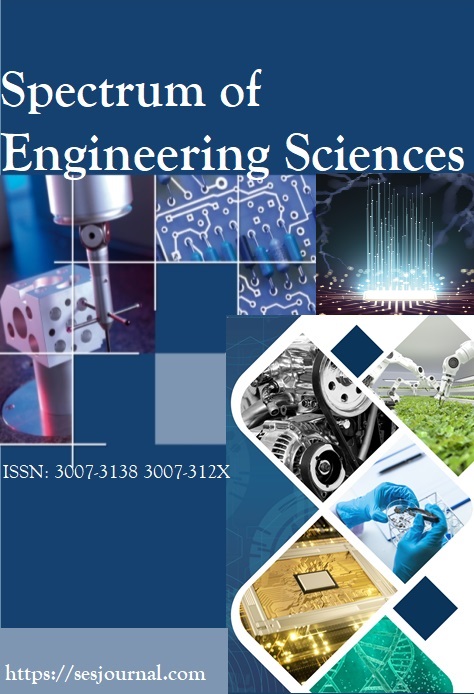ARTIFICIAL INTELLIGENCE IN NEURO-ONCOLOGY: INTEGRATING ADVANCED MACHINE LEARNING TECHNIQUES FOR ACCURATE AND EARLY DETECTION OF BRAIN TUMORS THROUGH MRI IMAGING
Keywords:
Convolutional Neural Networks, Brain Tumor Detection, Machine Learning, Tumor Classification, Image Segmentation, Clinical Decision Support Systems, Diagnostic Accuracy, Medical Image AnalysisAbstract
Brain tumors remain one of the most devastating and life-threatening neurological disorders, often associated with high morbidity and mortality rates. Early and accurate diagnosis is critical to improving survival rates and guiding effective treatment strategies. Magnetic Resonance Imaging (MRI) serves as the gold standard for brain tumor visualization due to its superior contrast resolution and non-invasive nature. However, manual interpretation of MRI scans is time-consuming, prone to inter-observer variability, and requires significant clinical expertise, posing challenges in high-volume diagnostic settings. To address these limitations, Artificial Intelligence (AI), particularly Machine Learning (ML) and Deep Learning (DL), is increasingly being applied to neuro-oncology for automated, accurate, and real-time brain tumor detection. This paper presents an in-depth analysis of state-of-the-art AI frameworks designed to enhance the detection, classification, and segmentation of brain tumors using MRI imaging. Advanced algorithms, including Convolutional Neural Networks (CNNs), Support Vector Machines (SVMs), U-Net architectures, and ensemble hybrid models, are evaluated for their ability to differentiate between tumor subtypes such as gliomas, meningiomas, and pituitary tumors. Leveraging open-source databases such as BraTS, REMBRANDT, and Figshare, these models are trained and validated across diverse imaging datasets to assess their robustness and generalization capabilities. Performance metrics such as accuracy, sensitivity, specificity, Dice Similarity Coefficient (DSC), and area under the receiver operating characteristic curve (AUC-ROC) are used to benchmark model effectiveness. The study further explores the benefits of integrating preprocessing techniques like skull stripping, image normalization, and contrast enhancement, which significantly improve model convergence and prediction stability. Additionally, model interpretability and explainability are addressed through visualization tools such as Grad-CAM and saliency maps to support clinical trust and adoption. The paper also highlights the key challenges facing real-world implementation, including data heterogeneity, lack of standardized annotation protocols, limited access to high-quality labeled datasets, and the need for regulatory compliance in medical AI deployment. Ethical concerns, such as algorithmic bias and patient privacy, are critically examined. Overall, the findings demonstrate that AI has the transformative potential to augment clinical decision-making, reduce diagnostic errors, and facilitate timely intervention. With continued advancement and interdisciplinary collaboration, AI-powered MRI analysis is poised to become an indispensable tool in the future of neuro-oncology, offering scalable and precise solutions for brain tumor diagnosis and prognosis.
















